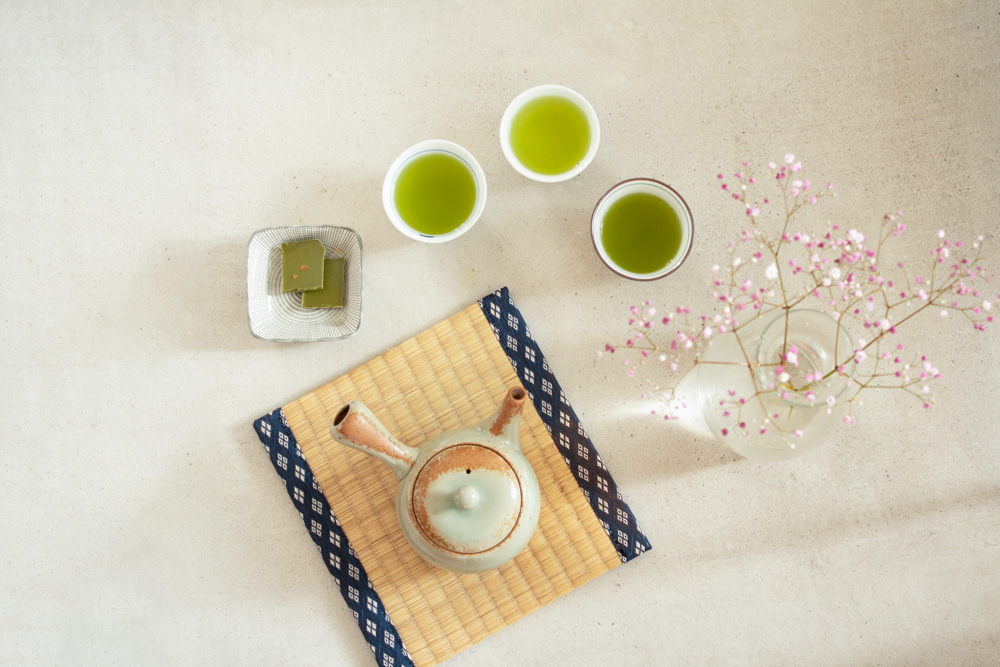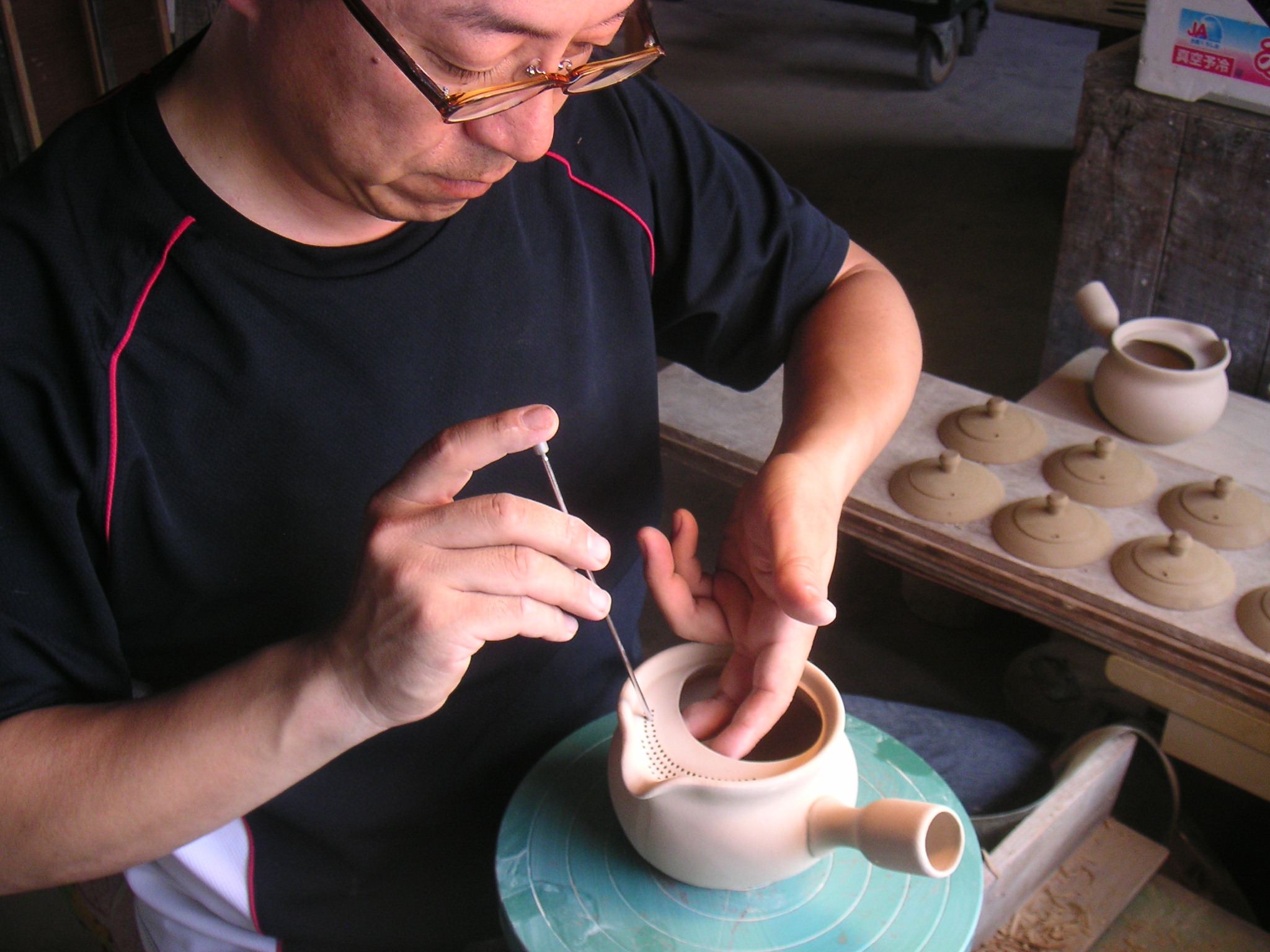Product number:
13685.1
Product information "Bio Maulbeerblätter-Tee Shimane"
In der Präfektur Shimane wird dieser Maulbeerblättertee mit fein-toastigem Karamellaroma hergestellt.
Die Blätter werden in Shimane handgepflückt und leicht gefeuert. Dadurch entwickeln sie ein feines, warmes Aroma und eine angenehme Süße.
Je nach Zubereitung entwickelt der Tee Nuancen von schwarzem Tee, Gerste, gepopptem Amaranth oder Hojicha. Eine Fülle von überraschenden Aromen, die zu einer Geschmacksreise in die nebelumwobenen Berge von Shimane einlädt.
Hintergrund
Die Blätter der Maulbeerbäume dienen als Nahrungsquelle für Seidenraupen und wurden daher für die Seidenproduktion lange Zeit auch in Japan kultiviert. Durch den Vormarsch künstlicher Fasern liegen heutzutage viele der Anbaugebiete brach. Die Erkenntnis, dass Maulbeerblätter mit der richtigen Verarbeitung auch für uns Menschen sehr wohlschmeckend und nahrhaft sein können, kam also gerade recht, um die Maulbeerhaine mit neuem Leben zu füllen.
Lesen Sie hier mehr zu den Eigenschaften und Vorzügen der Maulbeerblätter
Zubereitung
Gießen Sie 1Tl Maulbeerblätter mit 200ml etwa 70°C heißem Wasser auf und lassen Sie sie für 2 Min ziehen.
Die Blätter werden in Shimane handgepflückt und leicht gefeuert und entwickeln so ein fein-toastiges Karamellaroma und eine angenehme Süße.
Properties
Login















